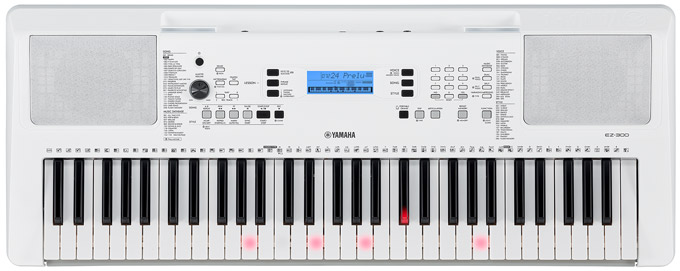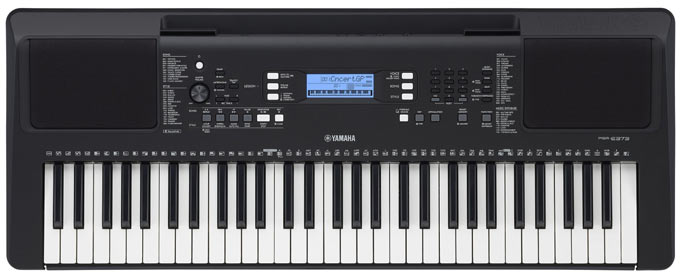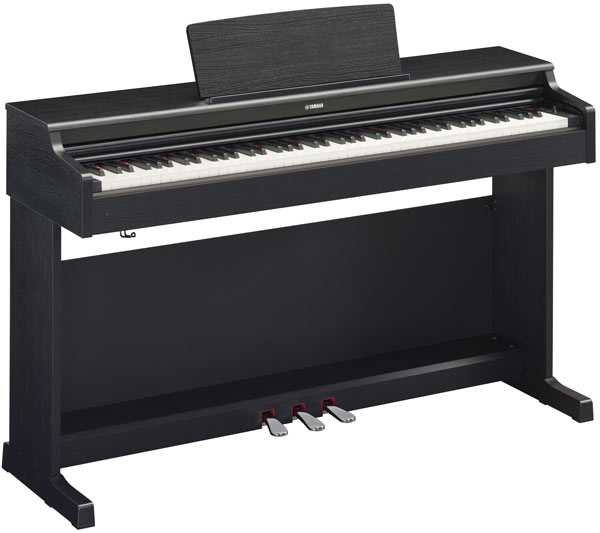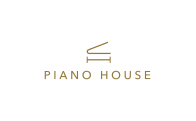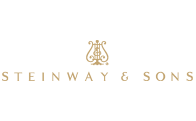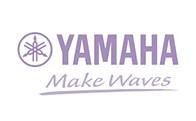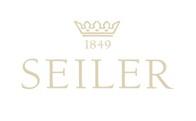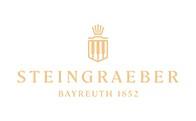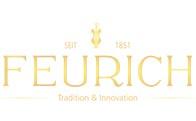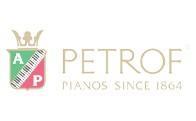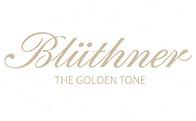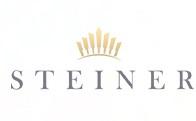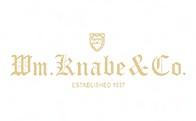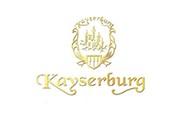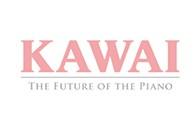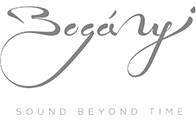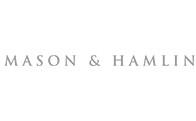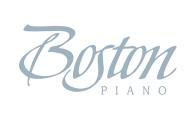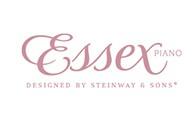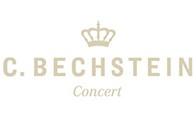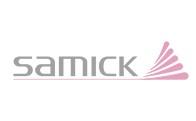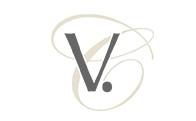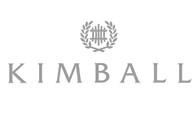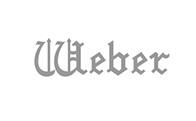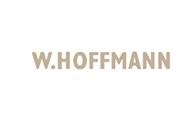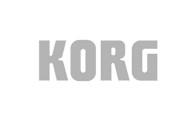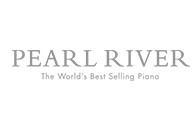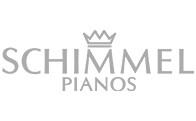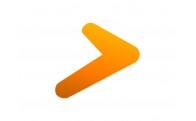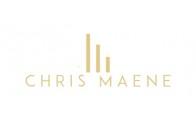
TƯ VẤN PIANO
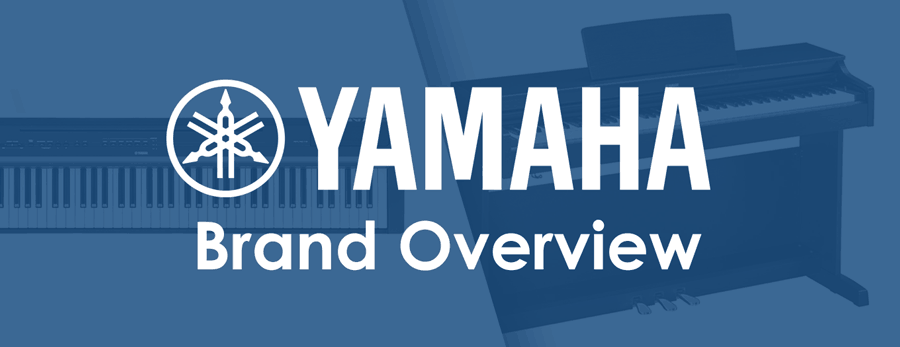
In the music world, Yamaha is one of the heavy hitters. If you were in band at school or have ever seen a live performance, chances are you have looked at a huge amount of Yamaha instruments.
While we’ll be talking about the best Yamaha digital pianos out there, the company also makes an almost countless number of other products – strings, marching instruments, grand pianos, guitars and basses just to name a few.
In this article, we’ll be diving head first into the Yamaha product line to learn the ins and outs of what makes it such a trusted name in music.
PIANO CƠ

Yamaha began 1,000 years ago—alright, that’s not true, but it sure feels that way, doesn’t it?
At age 35, Torakusu Yamaha built his first reed organ in 1887, which started it all. The Yamaha philosophy can be read here:
“With our unique expertise and sensibilities, gained from our devotion to sound and music, we are committed to creating excitement and cultural inspiration together with people around the world.”
This quote is basically saying that through the passion of music we can connect with other people and enrich our lives. I couldn’t agree with this more.
Never have I felt more bonded with someone than when they are playing me something on their main instrument or singing me a song that they feel emotional about.
You have most likely felt this exact same connection when you went to see your favorite band live at a concert. The feeling is hard to articulate, but unequivocally present. Yamaha aims to share this primal feeling with as many people as possible.
From 1900 on, Yamaha began creating acoustic pianos—initially focusing on uprights. This gives them well over a century’s worth of experience crafting pianos.
The first digital piano Yamaha released was the YP-40 in 1983 which will look, feel, and sound much different than the pristine Yamaha digital pianos that you will find on the market today.

Yamaha YP-40
These days, the company has entry-level to premium keyboards, music workstations, synthesizers, arrangers, stage pianos, and more.
Yamaha is, by a good margin, the largest maker of audio gear and musical instruments—rising far above companies like Gibson, Sennheiser, Shure, and Fender.
- Founded: 1897 as Nippon Gakki Co., Ltd. after getting together 100,000 yen as capital
- Headquarters: Shizuoka, Japan
- Number of Employees: 20,228
- Products: Pianos, Keyboards, Strings, Guitars, Basses, Brass, Woodwinds, Drums, Marching Instruments, and Pro Audio Gear
Yamaha Logo
The Yamaha logo since all the way back in 1898 has been based around the tuning fork.

If you didn’t realize it was a tuning fork, don’t feel bad. I played on a Yamaha trumpet and stared at the logo on my case for 5 years before I knew what it was.
For those of you that aren’t familiar with them, a tuning fork is a U-shaped piece of metal with a handle.
When you strike that piece of metal on a hard surface, it produces a pitch that you can tune your instrument to. Most of us now will likely use a digital tuner, but they are fun to mess around with.
The first iteration of the logo showed a Chinese phoenix holding a tuning for in its mouth.

The modern logo shows three tuning forks on top of each other. Yamaha Motor Co., Ltd—the sister company—uses a very similar logo.
PIANO ĐIỆN
Many people confuse keyboards with digital pianos because they share a lot of common traits, but there are some notable differences.
A keyboard will typically have semi-weighted or synth-type action that is not designed to give you the feel of playing on an acoustic grand piano.
It’s also rare to find a keyboard with 88 keys (which is what an acoustic piano has). Most keyboards will have 61, 73, or 76 keys.
Portable Keyboards
Many people confuse keyboards with digital pianos because they share a lot of common traits, but there are some notable differences.
A keyboard will typically have semi-weighted or synth-type action that is not designed to give you the feel of playing on an acoustic grand piano.
It’s also rare to find a keyboard with 88 keys (which is what an acoustic piano has). Most keyboards will have 61, 73, or 76 keys.
Keyboards have a bit more shock and awe in terms of their feature set when compared to digital pianos.
When I was growing up, we had a portable keyboard in our play room that could teach you songs with light up keys, play accompaniments while you sing, and came loaded with hundreds of instrument voices to use.
None of them sounded realistic though—I remember the trumpet setting sounding more like my family dog biting a chew toy than an actual brass instrument.
Keyboards are closer to a fun machine that beginners or kids can play on to figure out if they may want to play piano in the future. Portable keyboards are by far the cheapest product in this lineup.
PSS SERIES
Instrument type: Mini Keyboard
User Level: Beginner
Price Range: $60-$100
Models:
- Yamaha PSS-E30
- Yamaha PSS-F30
- Yamaha PSS-A50
The PSS series seems like a toy line, but the sound and build quality feel much more similar to Yamaha’s PSR budget arranger series.
The best way I’d describe the PSS series is that it’s a last-gen PSR-E series sound chip, implanted into a mini-keyboard enclosure.
While I wouldn’t use these keyboards for actual performances or recordings, that’s not what they’re designed for. The PSS-series is a simple way to explore ideas wherever you are.
With a phrase recorder and basic tools like arpeggiators, you can quite easily sketch out an idea without too much hassle.
However, if you want a serious practice tool, you’ll definitely need to look elsewhere.
YPT & EZ SERIES
Instrument type: Portable Keyboard
User Level: Beginner
Price Range: $120-$250
Models:
- Yamaha YPT-270
- Yamaha YPT-370
- Yamaha EZ-300
The most affordable Yamaha portable keyboards with full-sized keys you can buy.
These keyboards are ideal for kids, new piano players, or people who are not really sure if they want to become a piano player that need a low cost option.
Quantity over quality is a common approach at this price point, so expect to find hundreds of built-in sounds, songs, rhythms, and other cool features on most YPT keyboards you come across.
EZ series keyboards are known for having light-up keys — used to teach the beginner a song. For both series the focus is on fun — the slogan for the YPT series being “Real Music, Real Fun.”
PSR-E SERIES
Instrument type: Portable Keyboard/Portable Arranger
User Level: Beginner
Price Range: $120-$400
Models:
- Yamaha PSR-E273
- Yamaha PSR-E373
- Yamaha PSR-EW310
- Yamaha PSR-E463
- Yamaha PSR-EW410 – flagship
The use of the PRS-E Series is similar to the YPT & EZ Series in that it is a device to explore music as a whole, not necessarily just piano.
The PSR-E series can be used as a portable arranger — having the ability to create a beat, tweak a mix, and get full songs created.
This series includes an onboard lesson function to teach the student music as an educational tool. The flagship model (Yamaha PSR-EW410) has the ability to capture external sounds using a sampler.
In recent years, Yamaha’s YPT series that we previously mentioned have been almost identical to the PSR-E models (e.g. YPT-270 & PSR-E273; YPT-370 & PSR-E373), the only difference being the body finish and availability (the YPT and PSR-E series target different geographic areas).
PIAGGERO SERIES
Instrument type: Portable Keyboard
User Level: Beginner
Price Range: $150-$300
Models:
- Yamaha NP-12
- Yamaha NP-32
The Piaggero Series is aimed toward piano players while the previous ones were more geared to learning and entertainment.
Piaggero keyboards have far fewer tones to play with, less bells and whistles, and a much more streamlined appearance.
Even though the Piaggero Series is for piano players, it does not have fully weighted key action and lacks the 88 keys of a full-sized piano. So if realistic piano feel is important to you, the NP keyboards aren’t going to impress you.
At the same time, these are extremely portable and can run on batteries, which can be very helpful for players on the go.
Portable Digital Pianos
The Yamaha logo since all the way back in 1898 has been based around the tuning fork.

If you didn’t realize it was a tuning fork, don’t feel bad. I played on a Yamaha trumpet and stared at the logo on my case for 5 years before I knew what it was.
For those of you that aren’t familiar with them, a tuning fork is a U-shaped piece of metal with a handle.
When you strike that piece of metal on a hard surface, it produces a pitch that you can tune your instrument to. Most of us now will likely use a digital tuner, but they are fun to mess around with.
The first iteration of the logo showed a Chinese phoenix holding a tuning for in
Console Digital Pianos
When looking for Console Digital Pianos, expect it to look a bit like furniture, especially when you get to the higher-end models.
Some of these will have fancy cabinets that may contain speakers to push more sound out into the space you are playing in.
Lower end models will have many similarities to the portable digital pianos we looked at earlier.
ARIUS (YDP & YDP-S SERIES)
Instrument type: Console/Home Digital Piano
User Level: Beginner to Intermediate
Price Range: $900-$2,200
Models:
- Yamaha YDP-103
- Yamaha YDP-144
- Yamaha YDP-164
- Yamaha YDP-181
- Yamaha YDP-184 – flagship
- Yamaha YDP-S34 (slim version of the YDP-144)
- Yamaha YDP-S54 (slim version of the YDP-164)
The Arius Series is targeted toward the same people that would be interested in the P Series—affordable, yet high quality digital pianos.
These console digital pianos will have no frills and focus on sounding like an acoustic grand piano.
The YDP pianos will have a full sized cabinet, while the YDP-S pianos will be slim with a more space efficient design.
PIANO CAO CẤP
Keyboards have a bit more shock and awe in terms of their feature set when compared to digital pianos.
When I was growing up, we had a portable keyboard in our play room that could teach you songs with light up keys, play accompaniments while you sing, and came loaded with hundreds of instrument voices to use.
None of them sounded realistic though—I remember the trumpet setting sounding more like my family dog biting a chew toy than an actual brass instrument.
Keyboards are closer to a fun machine that beginners or kids can play on to figure out if they may want to play piano in the future. Portable keyboards are by far the cheapest product in this lineu
AWM Stereo Sampling
AWM stands for Advanced Wave Memory, first used in 1986.
Two microphones are used to capture the performance of a grand piano. All the notes are recorded separately with three recordings taken for each note: soft, medium, and loud.
When someone hits a note on a digital piano that uses AWM, the piano determines which sample would be the most appropriate or blends a combination of two.
There is also a 4-layer version of AWM that takes an additional sample. These days, AWM is typically used on the entry-level digital pianos.
The progression of AWM is extensive. It first began with 1-layer mono samples that were filtered for different velocities as opposed to recording multiple samples and choosing the appropriate one.
In 1990, stereo samples were used and recordings were taken of various pianos—the Yamaha S6 grand piano for example.

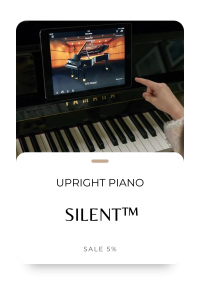

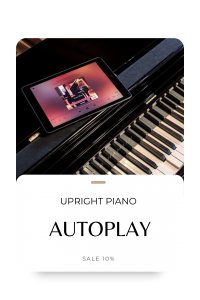

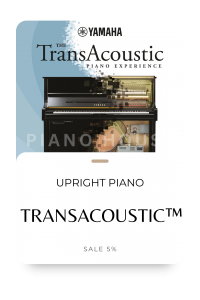





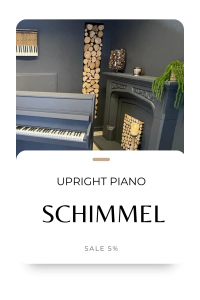






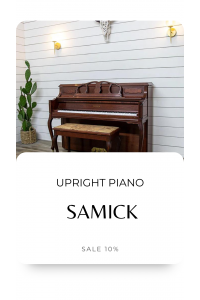
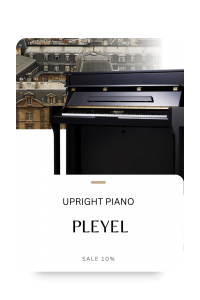
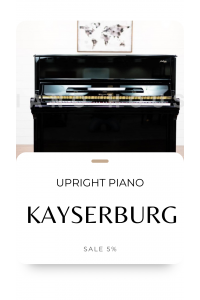
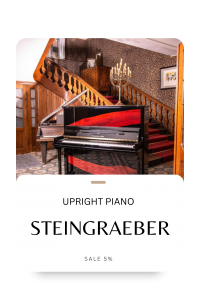






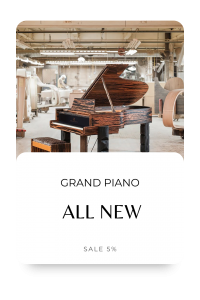
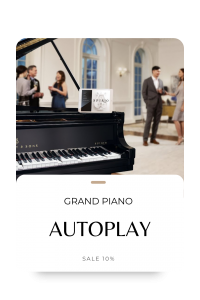
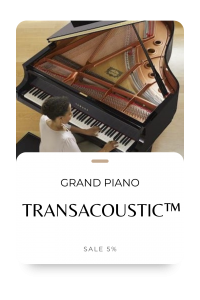

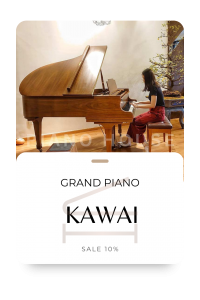




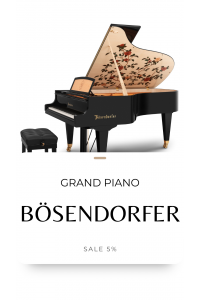













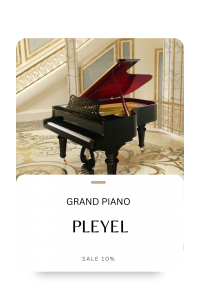








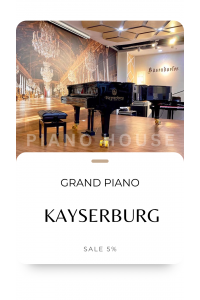

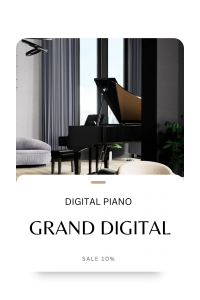



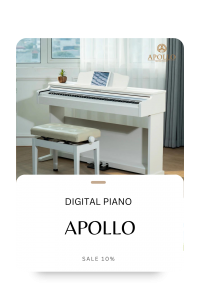

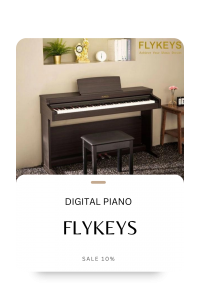

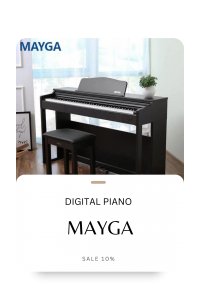

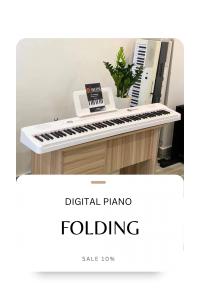
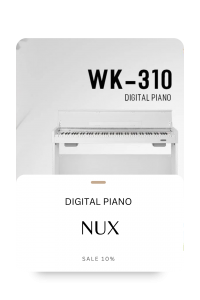
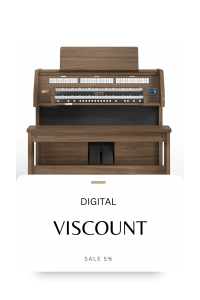





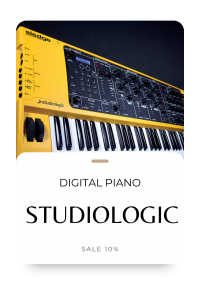

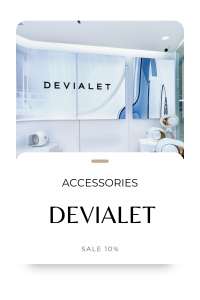
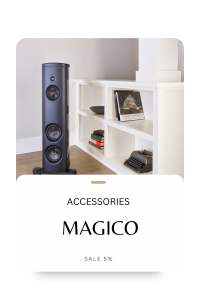
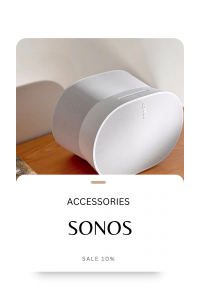
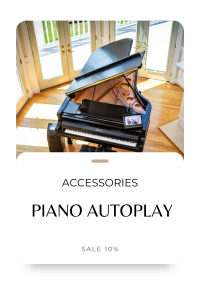
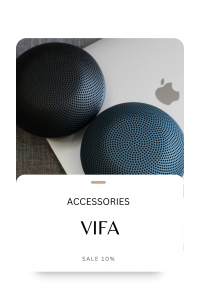



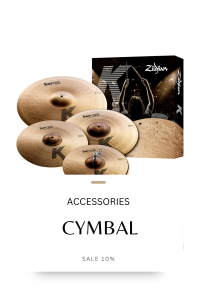







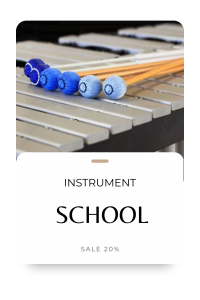
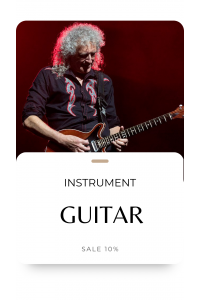






.png)

